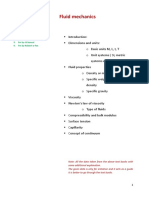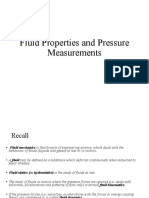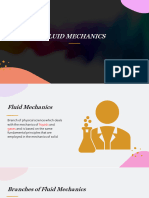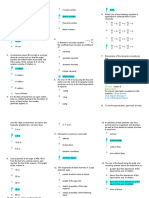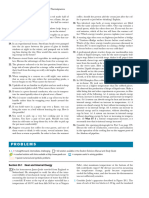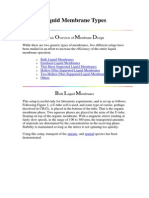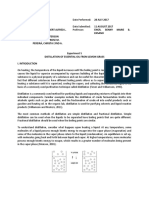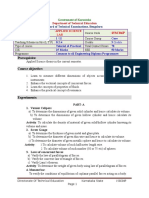0% found this document useful (0 votes)
223 views34 pagesFLUID MECHANICS PROPERTIES OF FLUIDS Chapter 1
fluid mechanics notes about pressure
Uploaded by
josiephilmanzano12Copyright
© © All Rights Reserved
We take content rights seriously. If you suspect this is your content, claim it here.
Available Formats
Download as PDF, TXT or read online on Scribd
0% found this document useful (0 votes)
223 views34 pagesFLUID MECHANICS PROPERTIES OF FLUIDS Chapter 1
fluid mechanics notes about pressure
Uploaded by
josiephilmanzano12Copyright
© © All Rights Reserved
We take content rights seriously. If you suspect this is your content, claim it here.
Available Formats
Download as PDF, TXT or read online on Scribd
/ 34













